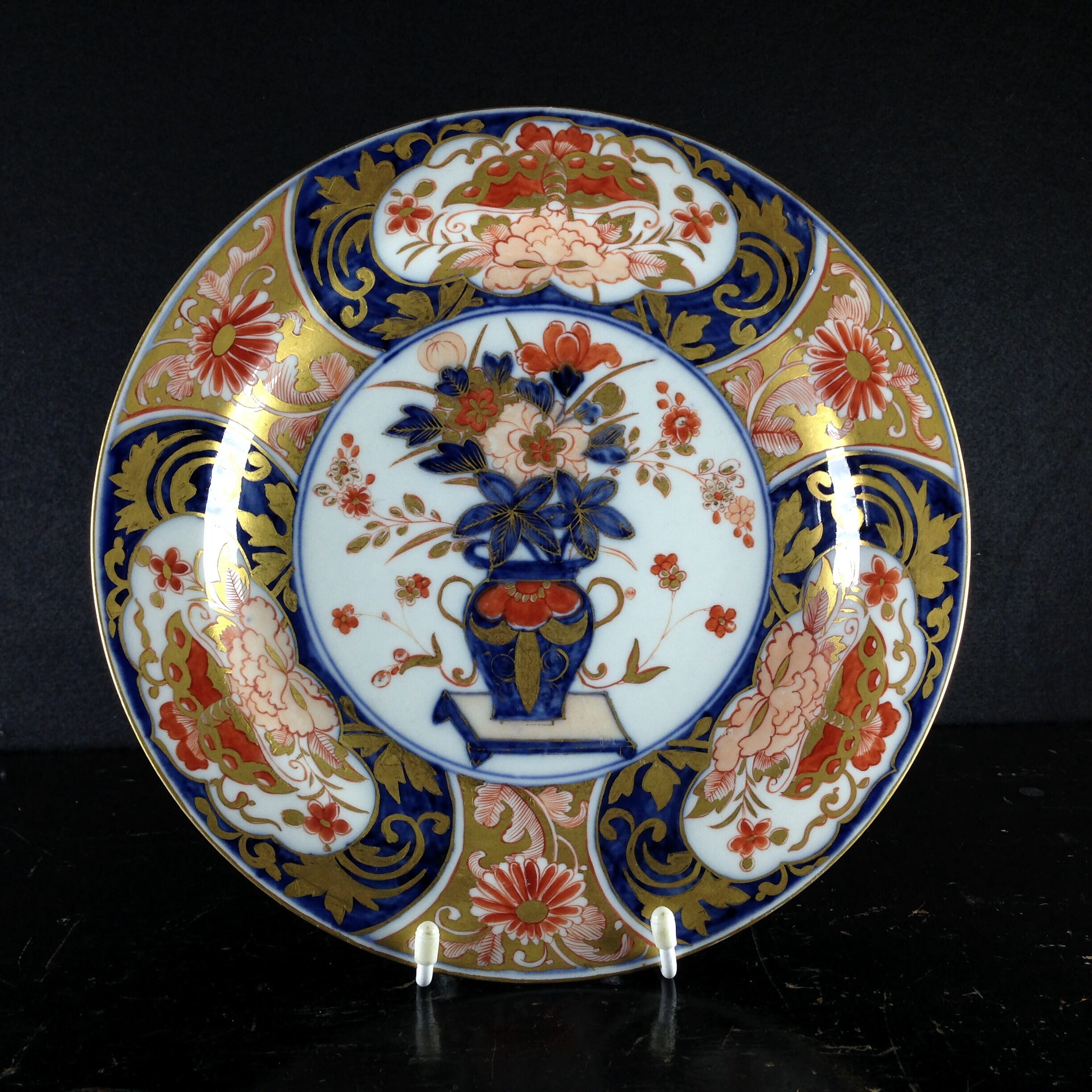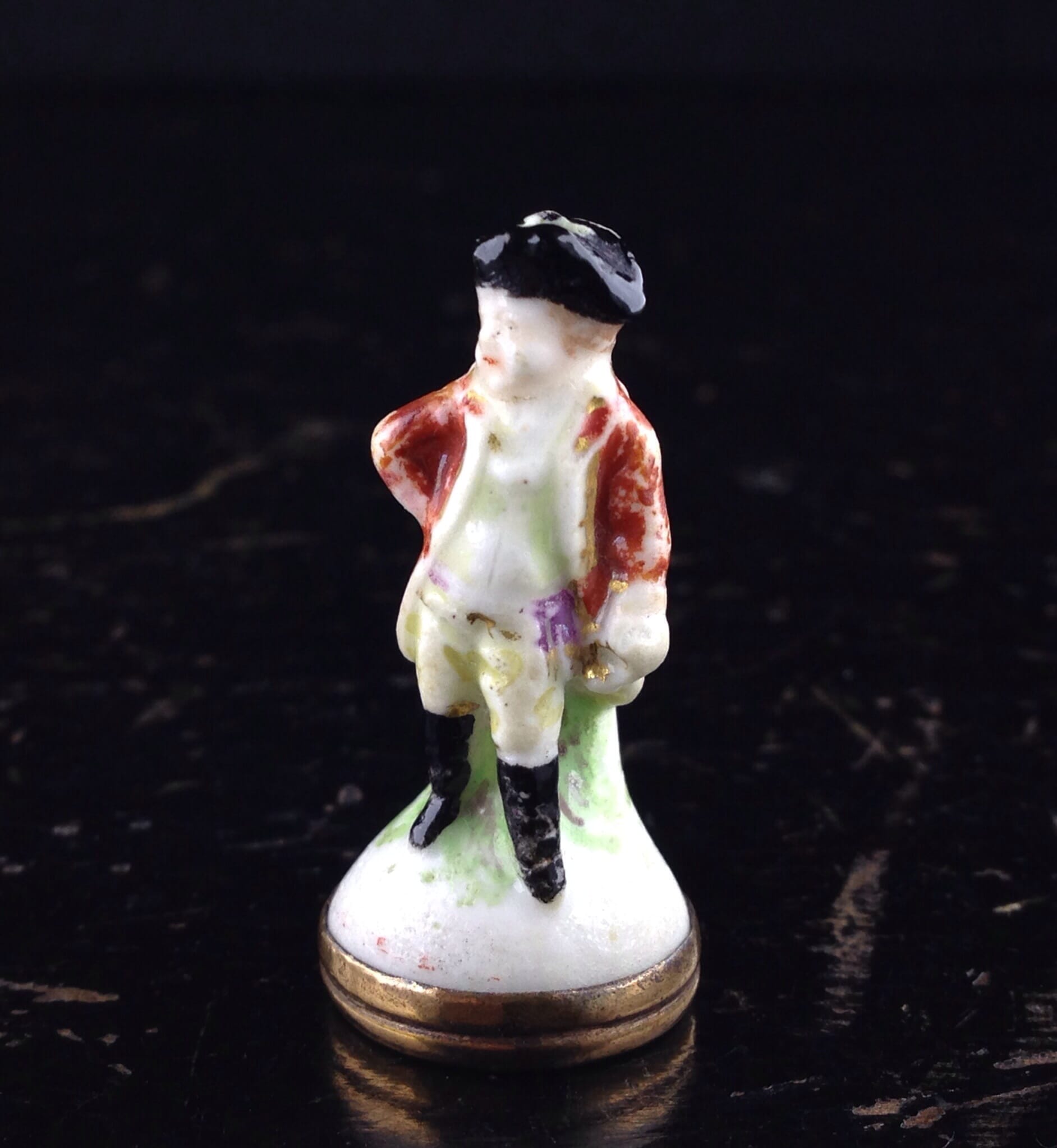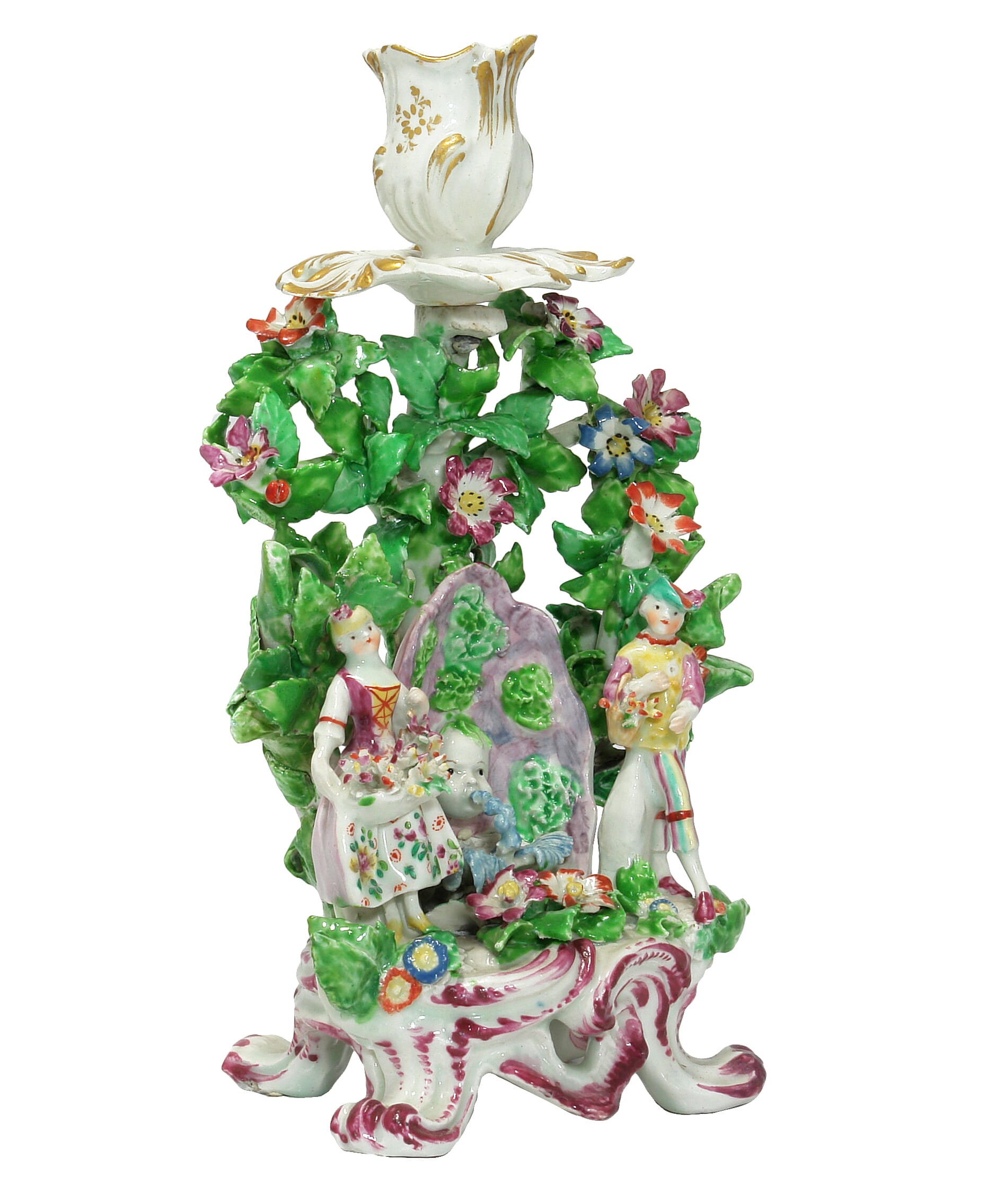Greek South Italian Olpe, profile ladies head, circa 325 BC
Sold
Greek South Italian red-figure Olpe, the ovoid form with short flaring lip, painted to the front with the profile head of a Lady-of-Fashion with white details, the reverse with a large palmette, the rim with a vetruvian scroll border, the handle formed as a Herculean knot. Apulian, probably from the Canosa workshop of the Stoke-On-Trent painter, circa 325-300 BC.
| Condition | minor wear only |
|---|---|
| Size | 10.8cm high |
| References | Provenance: from an old Australian collection, sold Melbourne 2012, brought out from the UK in the previous century as a matching pair. ref. Trendall - Red figure vases of South Italy and Sicily, pl254 for examples of these distinct profile heads. They are linked to the work of the Stoke-On-Trent painter, named after a plate in the collection of that city. Trendall notes a strong similarity to the well known Baltimore painter- named so for the same reason as before- and goes on to suggest that they could actually be the same painter at work. An example with an almost identical head is in the British Museum, on a larger hydria. This pot (1856,1226.24) was excavated at Bari, South Italy, and presented to the Museum by Sir William Temple in 1856. The Greek colonies of South Italy were very sophisticated societies with great wealth, and demanded Greek red-figure pottery. Local potters could meet this demand, rather than depending on imports from Greece. However, the local products are distinct in that the clay is different from the Greek originals. at his vessel shows the difference rather well, as the first appearance is a red & black surface; look beneath where there has been some weathering, and you can see the pale buff coloured clay that is typical of the South Italian region. What has happened is the potter has coated all exposed surfaces in a red slip- probably imported clay from Greece- to make it look like the desirable Greek imports! The handle is particularly fine, being a Herculean knot. This was a symbol of love and marriage, while Pliny tells us that wounds heal more quickly if bound with this knot. To make this handle, the potter made two loops of clay and actually entwined them as if they were cord, a fascinating link with the ancient world. A small irony is the similarity of the knot to the Staffordshire (or Stafford ) Knot- the ancient symbol for Stoke-On-Trent and Staffordshire, the home of the name- vase for this artist! |
Sold - let us find you another










